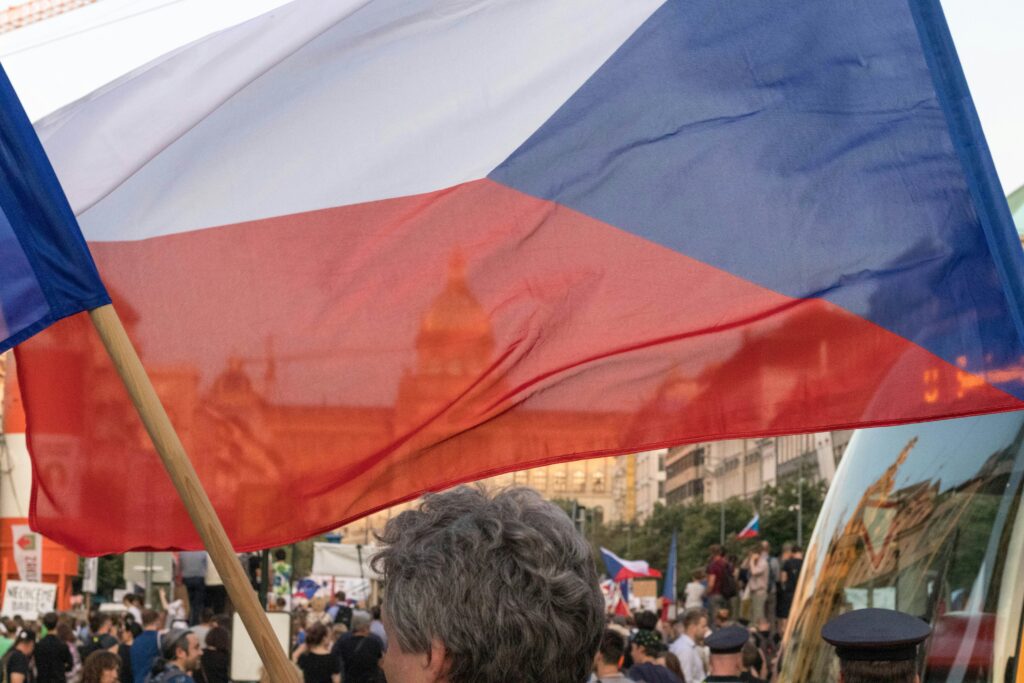With the last moments of winter almost behind us and brands coming out of hibernation, we look towards what the rest of the year holds for communicators. Our global network has shared their hopes and ambitions for 2023, based on the months to date, to give us a flavour of what those outside the UK think will be the most effective ways for us to tell our brand stories.
China / APAC – EASTWEST PR
 The impact of AI on content creation for clients and agencies is being acutely felt this year. For example, we created this image using DALL-E for a China-based client story which appeared in an American publication. All we needed to do was input the words ‘plastic rabbit China’, and this is one of the images AI created. There is no longer the need for stock photos and no rights issues.
The impact of AI on content creation for clients and agencies is being acutely felt this year. For example, we created this image using DALL-E for a China-based client story which appeared in an American publication. All we needed to do was input the words ‘plastic rabbit China’, and this is one of the images AI created. There is no longer the need for stock photos and no rights issues.
China + One strategy. Clients are all now de-risking their business by reducing their exposure to China. PR activities are having to tread a careful line between the dogmatic sycophantic campaigns which work in China and the practical reality that China can’t be the sole focus for any company anymore.
ASEAN campaigns are increasingly important to clients at all parts of the value chain as companies like Foxconn move production to other markets such as. India and consumption in markets like Indonesia which has a population over 275 million can sustain a brand. INEOS Grenadier for example, was launched by EASTWEST in Vietnam, Thailand and Indonesia and the brand has yet to engage China.
China’s media and social media channels have become even more controlled and politicised due to COVID criticism and the ascent of Xi Ji Ping. The open-door policy, which was heralded in by the Olympics has been closed by the onslaught of COVID, even if we are opening up now.
India – Candour Communications
As companies become more and more employee and customer experience focused, we will see a corresponding shift in comms as well. Both content and mediums will become more refined, more personalised and more inclusive. People and their experiences are central to organisational success and we will see both internal and external stakeholders become more prominent as brand ambassadors. The word of peers is going to carry more weight than corporate speak by HR heads and same for customers versus business heads. What you stand for will matter more than what you sell, which will translate to more people-led stories even in B2B segments.
The challenge for agencies is to find the right mix of product, strategy and humanity across various media channels. Thanks to social and digital platforms, everyone has a voice. It will be up to comms stakeholders as to what the tone of that voice will be. 2023 will be about driving relationships through communications rather than number-based successes.
LATAM – Sherlock Communications
Brazil has a new president and, being the largest country in Latin America, we expect to see changes in areas related to sustainability and the economy, which may have an impact on local media interests as well as business investment in the country.
We also continue to monitor the channels through which Latin Americans are consuming media, from Telegram to TikTok. We expect a diversification on the popular channels each countries adopt to consume content.
Sweden – WESTMARK
The focus shift from growth to profitability will continue to spread from the startup and tech industries to companies of all sizes. 2023 will (again) be a year of change, also affecting PR and marketing spending in most markets. Companies will increasingly look for flexible consultancy solutions, supporting their core business – while putting “nice-to-have” projects aside.
The use of corporate AI will advance even further. Machine translation will achieve near-human capabilities, benefiting multinational and multilingual enterprises. And ChatGPT from OpenAI will be among the first services evolving from the wow-phase to becoming a daily tool for content creators.
Spain & Portugal – Canela PR
The Great Resignation took hold in 2021, attributed to burnout. This has caused companies to take a strong focus on employee wellbeing, which emphasises the need for firms to invest in internal communication now. This will be key to making teams aware of all their perks, feel that the their employer is transparent and company culture improving.
In terms of events, we are seeing a shift to one-to-one media tours over large press events as media increasingly need more unique and exclusive stories. In contrast, we see that large experiences with many attendees and great visual potential are increasingly used for influencer experiences.
Israel – Shachar MC
At the end of 2022, tech experienced a crisis. But we believe that eventually this will bring with it innovation and promotion of new tech horizons. It is healthy when every organisation is required to examine itself and to look for new ways and strategies to promote its technology.
We feel that this year will be more stable since it seems COVID is (mostly) behind us and we are all coping better with the remnants of the disease. The work environment of the post-COVID world is different and employees and organisations still need to adapt. This could lead to a positive change if harnessed correctly.
From a PR perspective we see that the public keep questioning the relevance and trustworthiness of the media, especially institutions such as newspapers and traditional media. We also see a decrease in the participation in social platforms such as Facebook and Twitter.
On the other hand we see an increase in production of independent content on TikTok, Instagram, YouTube and podcasts.
The world of PR needs to adapt to all those changes and find alternative ways to promote our clients’ messages, for example through paid media or smaller and more specialised sites, blogs or social influencers.
Germany – Maisberger
Recruitment of the right people will remain critical to company success. But it’s not only about hiring, but more about hiring the right people. There are real questions to be had over the widespread use of ChatGPT which can write text just as well as a human—but much faster—even though its accuracy is often in question! I wonder how this will influence our business in the future and how we can all benefit from it?
France – Gen-G
CSR, global warming and inflation, talent shortage and quiet quitting, gender and diversity. Companies will have a lot to do outside their core business and they will have to make it known – because society as a whole now expects companies to take a stand on the major issues that are shaking up the world. No brand can exist without corporate communication. And all companies will have to invest in corporate comms, beside product or financial communication.
The trend was already there for the COVID lockdowns; as the virus hampered our very lives, we all wanted to know how companies – behind the brands – behaved towards their customers, employees and partners. Whether they showed solidarity, resilience, or agility in the unprecedented context of this global crisis. The crisis has changed its face, but the demand for transparency is now even stronger in public opinion.
In 2023 – and beyond – communication plans need to deal with issues that go beyond the traditional topics of manufacturing, trade and finance. They’ll also have to talk about citizenship, governance, energy savings, human rights or working conditions. In this context of pressure and transformation, this will fall to corporate communications as this function is the only way to make the voice of the company heard as a responsible player in our society.
If you’d like to speak to us about effective communications in different worldwide regions, do get in touch at Brands2Life.




